Connecting gas to a private house is a technically complex and labor-intensive undertaking. However, it fully pays for itself within 4 - 5 years, since natural gas is the cheapest fuel. To connect and use it safely, you need to make a gasification project, invite a professional team and complete the connection.
- How can you organize gas supply to a private house
- Central gas supply
- Gas holder
- Gas generating or biogas equipment
- Federal law on gasification of private houses
- What objects can be gasified
- What has changed in the rules by 2021
- Stages of connecting gas to a private house
- Where to start, where to go
- Required documents
- Project
- Technical conditions
- Work on supplying gas to the site
- Gas supply to the house (equipment, installation requirements)
- System start
- Safety engineering
- The cost of carrying gas to a private house
- Benefits and subsidies
- What to do if gasification is denied
- Terms of validity and re-issuance of technical specifications
- Replacing the parties in the agreement with the TU
How can you organize gas supply to a private house

Gas heating is the most common and is the cheapest.
There are two options for gasification of the house: connection to the central branch gas pipeline or use liquefied fuel... Each of these methods has its own technical nuances.
Central gas supply
If the main pipeline runs close to the house, you need to contact to the gas industry with a statement about connecting the house to a centralized fuel supply. It is safer than using cylinders or gas tanks, which can leak.
All gas equipment is designed primarily for natural gas, but if necessary, you can remake for liquefied fuel... It does not depend on electricitytherefore the heating is not switched off in winter. In extreme cases, you can install an uninterruptible power supply system for the electrical components of the boiler.
One of the advantages is ease of use in comparison with solid fuel boilers, stoves and various devices for generating heat. There is no need to carry firewood or coal several times a day - the boiler and pipes do all the work.
Gas holder
The gas tank is usually placed undergroundso that there is more space on the site. To do this, you need to properly dig out the storage and equip it so that there are no distortions. Usually the bottom is poured with concrete, under which there is a mound of sand and gravel.
Gas tanks are vertical and horizontal... The vertical ones in the ground are heated, since in winter the soil is not able to provide a sufficient amount of heat.
To the repositories to it periodically fuel is being pumped... This can happen 1 or 2 times a year, depending on the volume. Liquefied gas is pumped into small containers more often. You can select the volume of the gas tank from 2500 to 20 thousand cubic meters.
The container should be located below the freezing level of the soil so that the liquid fuel does not change its characteristics.
Gas generating or biogas equipment
The disadvantage of such installations is that for their construction, it is necessary to allocate large areas... This is not always possible for the owners of private houses. There is experience in the construction of gas generators, when several owners are ready to invest in construction and start the process of producing methane for personal use.
Used as raw materials:
- bird droppings or manure;
- waste water treatment plants - waste water;
- food waste.
Each region may have its own unique raw material base, which is used on an ongoing basis. Plus to everything - there are government programsthat help people to start their own business for the production of methane, as well as waste disposal. Fertilizers are a by-product and a very popular product of organic processing.
It is advantageous to mount biogas plants near the resource base in order to further reduce the cost of the methane production process. In this case, the enterprise will provide itself with fuel, as well as receive profit from its sale.
Federal law on gasification of private houses
The 2001 law on connecting gas consumers to trunk pipelines states that the state represented by the company Gazprom undertakes to build interregional gas pipelines... In turn city and district authorities are required to prepare local points and pipelines for the delivery of blue fuel to consumers' homes, where everything must be prepared for connection. (Resolution 1314 "Rules for connection to gas supply networks").
The procedure for processing documents is determined at the federal level. Local authorities do not have the right to demand any documents that are not specified in the gasification law.
What objects can be gasified
According to the law, it is possible to gasify summer cottages, cooperatives, enterprises - all capital construction objects, including those that have not yet been completed. At the same time, the cost of services for the population and legal organizations will be different.
Gas cannot be supplied to non-capital construction objects - greenhouses, sheds, summer kitchens, garages, as well as those objects that do not have a foundation and can be easily destroyed.
Apartment buildings according to the general plan, then each apartment separately. It is not allowed to conduct gas to the apartment if the whole house is not connected to the central pipe.
Both homeowners and tenants can write an application, but with the written consent of the owners. If the whole house is connected, the consent of each owner is required.
What has changed in the rules by 2021
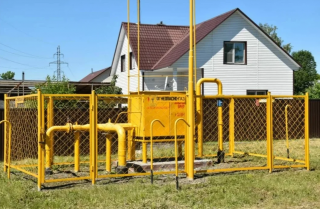
Some requirements have changed:
- Specifications must be made and issued within 14 days.
- TUs are valid up to 70 days from the date of issue, then the document will have to be reissued again.
For consumers first category (those who intend to consume up to 20 thousand cubic meters) the connection period should not exceed 9 months. During this time, all connection work must be completed.
For the population connection times can take from 1.5 to 2 years.
The cost of the connection itself has decreased. If earlier it was necessary to pay a huge amount for everything - up to 700 thousand rubles, now everyone can connect to the main pipe. This will cost, depending on the distance to the connection point, from 20 to 50 thousand rubles. If the distance exceeds 200 m, the cost of connection may be higher than indicated.
There is an opportunity to achieve connecting any remote area at the expense of budget funds... To do this, it is necessary to register a public organization that will officially deal with the interests of the owners of summer cottages or private houses located far from the main pipeline.
Stages of connecting gas to a private house
To start using natural gas, it is necessary to comply with all the requirements specified in the law - the creation of a gasification project in the first place, construction work on the site, installation of gas equipment in the house, checking and launching the system.
Where to start, where to go
Each section of the main pipe belongs to some management company, which issues permits for connecting a private house or other facility to natural gas. This is where you need to go.
The first step is to make out technical conditions, on the basis of which the gas distribution company will supply fuel without interruptions and with the proper pressure, which is necessary for the operation of equipment - stoves, boilers, columns.
Required documents

To start construction work, you need to provide following documents:
- certificate of ownership to the site where the connection is planned to be carried out, as well as a copy of the documents;
- home documents - ownership, including the act of putting the building into operation;
- application for the issuance of technical specifications;
- identification and a copy;
- approximate calculation of gas consumption in case you plan to consume more than 5 cubic meters per hour;
- situational plan a land plot for gasification, as well as a plan for neighboring allotments;
- house layout plan regarding other objects, including gasified ones - the document is issued in the department of architecture;
- certificate from sanitary and epidemiological supervision on the compliance with the standards of treatment facilities, if it is planned to equip hot water supply, sewerage and install a gas water heater;
- if a tenant writes an application, it is necessary notarized consent the owner of the site or building;
- power of attorneyif the gasification is carried out by the owner's representative.
After studying the documentation and approving the decision on gasification of this site or building, a project is created.
Project

The gasification project is necessary to to carry out construction work correctly - measure and distribute pipes, calculate the capacity of gas equipment and install it in the house.
Document content:
- Plan of each floorif the private house is multi-storey. The place of pipe laying and the exact location of household appliances - stove, column, boiler, gas boiler are indicated.
- Energy efficiency calculation object.
- Approximate estimate for the purchase and installation of equipment, if the project is carried out by one company.
- Specification gas equipment to be installed.
- Mounting method, suitable for the given object and the rationale for the choice.
- Security measures depending on the complexity of work at the facility.
The design documentation must be accompanied by pipe layouts and welded joints.
Technical conditions

Technical specifications for a house under construction or an object, the design of which is in the process of development, can also be obtained. To do this, you must provide the following package of documents:
- a certificate from the municipal authority that the construction of the facility is being carried out legally - issued by the architectural department;
- certificate of registration of ownership of the site - issued by the land committee of the district administration;
- if a trustee is involved in all the affairs, a document is drawn up for him at a notary.
The gasification technical specifications define the minimum requirements that must be met for the further safe use of fuel.
Work on supplying gas to the site
After preparing the documentation, start work on bringing the gas pipe to the site, as well as work inside the house on the installation and grounding of equipment. The procedure depends on the family budget, as well as the requirements specified in the TU.
Street work include:
- Pipe trenching. There are two methods - aboveground and underground. A gas control point is placed on the site to normalize the pressure inside the pipe.
- Gas pipeline tie-in by welding.
- Bringing a gas pipeline to the house.
After completing the work, the owner of the house must receive the acts in his hands.
Gas supply to the house (equipment, installation requirements)
- Preparation of rooms and walls for equipment installation... It may be necessary to reinforce walls that are not load-bearing and cannot support the weight of the column or boiler.
- Boiler room arrangement in accordance with fire safety requirements.
- Chimney under constructionif the house is old and was not suitable for gas connection.
- Ventilation, especially in the kitchen where you plan to place the hob.
At the last stage, the connection of internal and external communications is carried out. After assembly and testing, measuring and control devices are installed - meters, gas sensors, shut-off valves.
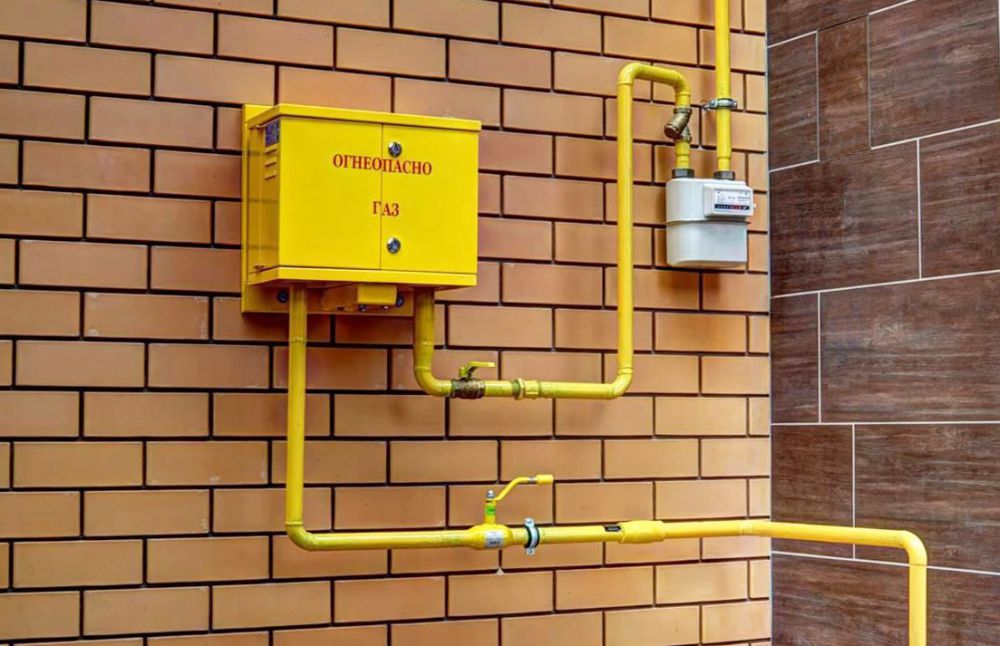
System start
To start the system for the first time, you must obtain permission from the gas distribution organization. Before that, an agreement is signed with a natural gas supplier, which will also carry out maintenance of the system. These can be different companies.
During the first launch, check of all equipment, and also determined the tightness of the joints and the integrity of the pipes. If all the work is done with high quality and no leaks were found, the construction company signs an act stating that the house is gasified.
Safety engineering
- you cannot invite people who do not have certain skills and a license for the right to gasify capital construction objects to carry out internal or external work;
- you cannot independently connect to the main gas pipeline;
- you cannot replace or repair gas equipment yourself;
- ventilation should be natural, it is forbidden to install electric fans in the kitchen to speed up the ventilation of the room;
- in rooms where gas equipment is installed, air exchange should be three times more than in the rest of the rooms;
- you cannot use a gas stove to heat the room during the warm season.

From the moment you receive the TU in your hands and until the end of all work in the house and on the site, it must pass no more than 2 years. During this time, the owners are obliged to launch the gas and receive an act stating that the house is gasified. It is also necessary to ensure that the validity periods of intermediate documents such as technical specifications are fulfilled. Otherwise, they will have to be redone or pay a late payment penalty.
The cost of carrying gas to a private house
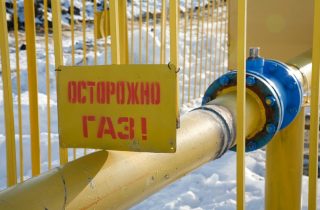
According to the government decree, the cost of connecting gas in a private house under the presidential program should not exceed 50 thousand rubles... But according to the opinion poll, the cost in some regions it continues to be high.
This is due to the fact that very few people live at a distance of up to 200 m from the gas main pipe. The rest you have to pay extra for earth and ground work on laying the highway to the site with the house.
In the Moscow region, the cost of bringing pipes to the site costs more than 200 thousand rubles, not counting the internal work and the purchase of gas equipment for the house. This is about 200 - 300 thousand more - it depends on the quality of the devices the owner of the house is going to buy.
Various associations, for example, summer residents, also claim the benefits of civilization, but only some of the people are ready to contribute large sums to connect to the gas pipe. The rest are forced to apply to banks for a loan or collect documents to receive benefits.

Benefits and subsidies

The cost of connection can be significantly reduced if a person falls into any preferential category. Benefits are costs that the state compensates for its citizens.
The preferential categories include:
- pensioners;
- disabled people of groups 1, 2 and 3;
- large families;
- veterans, as well as their widows;
- liquidators of the Chernobyl accident.
Poor families must provide a certificatethat the income per person is below the minimum wage. In this case, the family has benefits for gasification of a private house.

What to do if gasification is denied
One of the reasons why people are denied gasification of private homes or commercial facilities is congestion of local gas distribution stations. They were designed several years or even decades ago and were not designed for heavy loads.
The more applicants write a petition, the faster the SRS will be put on the line for reconstruction. The process can take up to 5 years.
The reason for the refusal can also be lack of technical capability to connect a private house to a central pipeline.
An unjustified refusal to issue a technical specification can be challenged in court. The refusing authority will have to compensate for the losses associated with the unjustified refusal to gasify, if the opponent presents evidence.
Terms of validity and re-issuance of technical specifications
TU validity period at least 2 yearsif the house is in the final stages of construction, and 4 years, if an integrated development of the land plot is being carried out (the house has not yet been erected). These norms are valid for ordinary ordinary consumers.
Dates are increasing for six months, if the consumer is a potential merchant and plans to spend about 500 cubic meters per hour. And also if the highway under construction is longer than 300 m.
If the consumption is planned to be higher than 500 cubic meters per hour, the terms of validity of the TU increase, respectively, up to 3 and 5 years.
If the situation changes during the validity period, the technical specifications must also be changed and reissued.
Replacing the parties in the agreement with the TU
If the technical specifications were issued to one owner, but the situation has changed, the new owner of the site has the right to reissue the documentation. In this case, the technical specifications are redone within 10 days and sent to the new owner, indicating his data.

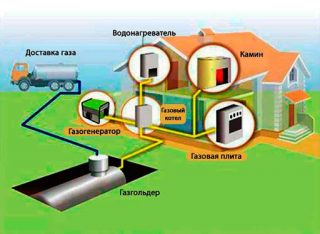
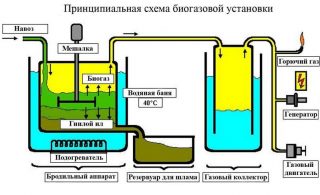
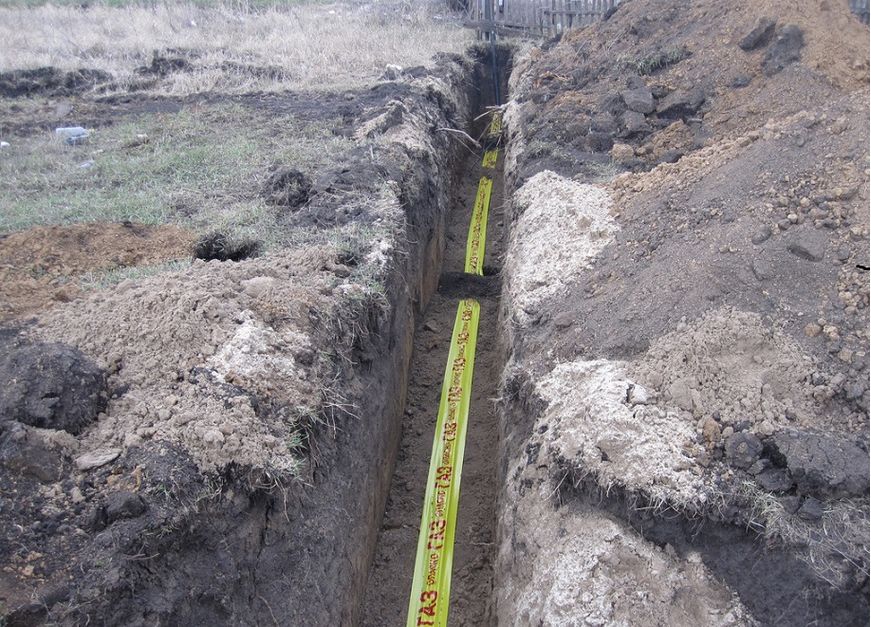
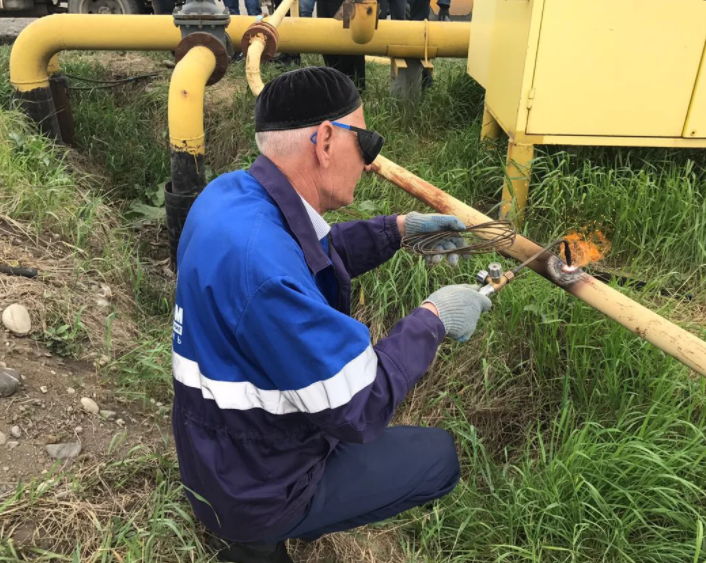
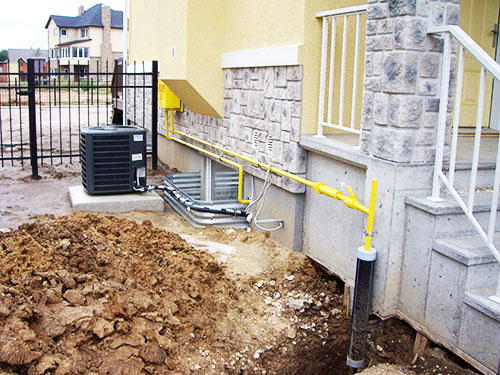
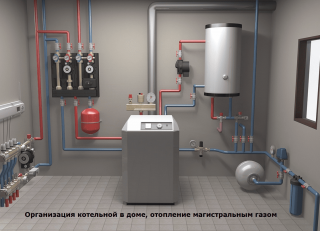







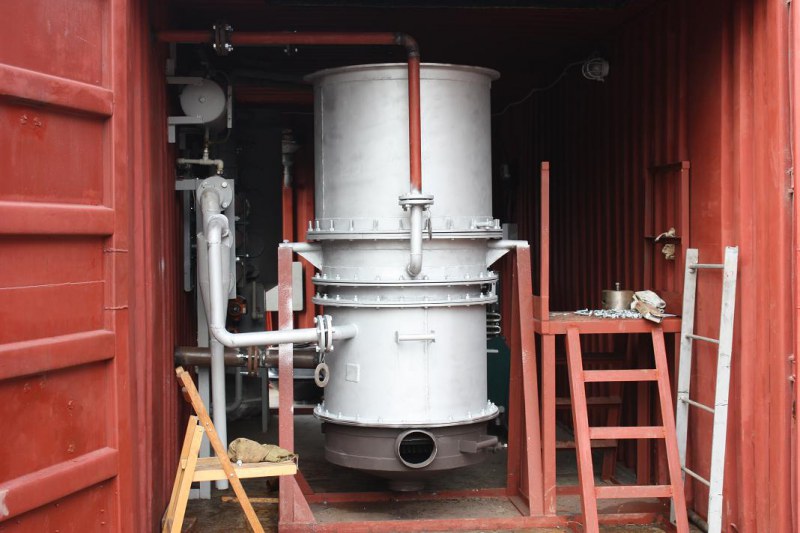


The owner of the gas pipe, which runs along the border of my site, refused me. What should I do and where should I go? I am a disabled person of the 2 ″ group. There is no gas pipeline nearby.